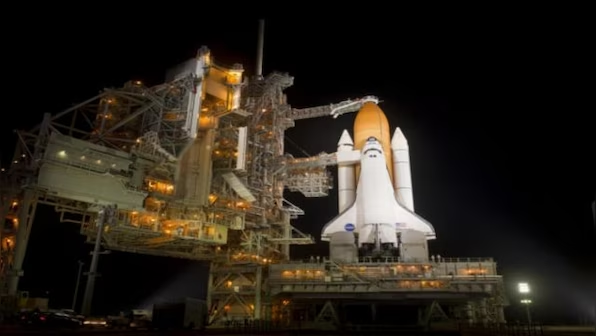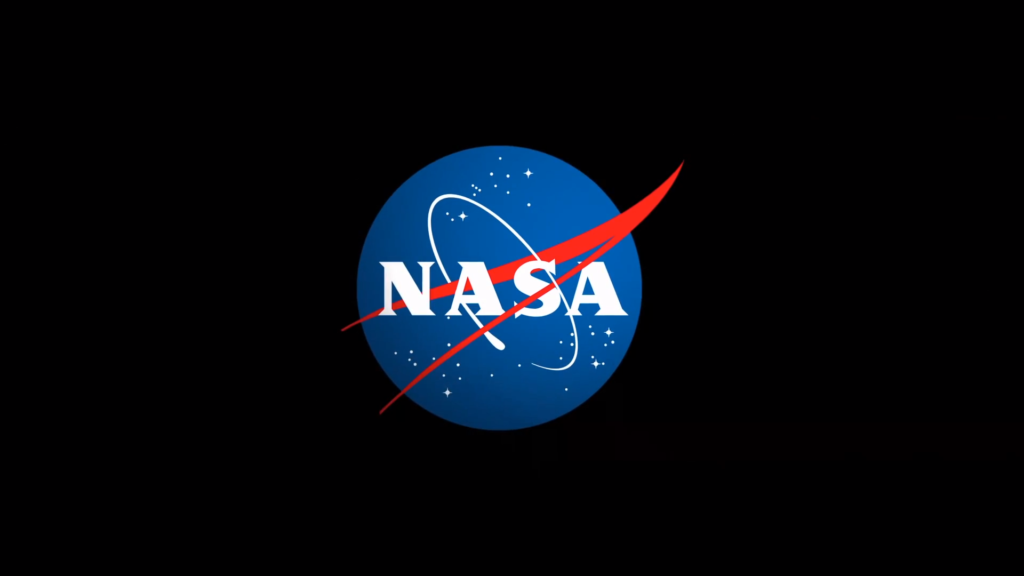
By Michael Specter
NASA is pushing the boundaries of space exploration with the Artemis program, a bold initiative that aims to establish a long-term human presence on the Moon and pave the way for future Mars missions. As part of this campaign, NASA is expanding its collaboration with SpaceX and Blue Origin, tasking these companies with delivering essential equipment to the lunar surface.
The Artemis initiative marks a significant milestone in humanity’s quest for deeper space exploration, combining NASA’s expertise with industry and international partners. The program is designed to drive scientific discovery, technological innovation, and human exploration capabilities, with the Moon serving as the next major destination for space exploration.
SpaceX and Blue Origin’s Expanded Roles in Artemis
NASA is leveraging the skills of SpaceX and Blue Origin, both of which are already involved in the development of human landing systems for the Artemis missions. Under their expanded roles, the two companies will work on large cargo landers that will deliver critical infrastructure and equipment to the Moon’s surface.
SpaceX and Blue Origin have been tasked with developing demonstration missions for their respective cargo landers. These missions will refine lander designs and further demonstrate the feasibility of delivering large payloads to the Moon. The expansion of their roles builds on NASA’s previous requests to both companies to create cargo variants of their crewed landing systems, which are slated for future Artemis missions (Artemis III, IV, and V).
Stephen D. Creech, assistant deputy associate administrator for the Moon to Mars Program Office at NASA, emphasized the importance of having two lunar lander providers. “Having two providers with different approaches for crew and cargo landing capability provides mission flexibility while ensuring a regular cadence of Moon landings,” he said. This approach will ensure ongoing lunar exploration and scientific discovery.

Planned Deliveries: SpaceX and Blue Origin’s Missions to the Moon
NASA’s Artemis campaign includes two major planned delivery missions to the Moon. SpaceX’s Starship cargo lander will play a pivotal role in delivering a pressurized rover to the lunar surface, with the mission set to take place no earlier than fiscal year 2032. The rover, which is being developed by the Japan Aerospace Exploration Agency (JAXA), will support Artemis VII and subsequent missions.
In addition, Blue Origin is slated to deliver a lunar habitat no earlier than fiscal year 2033. The habitat will support sustained human presence on the Moon, which is a critical component of NASA’s long-term lunar exploration goals.
Lisa Watson-Morgan, program manager for the Human Landing System at NASA’s Marshall Space Flight Center, explained the mission assignments, noting that SpaceX’s pressurized rover mission and Blue Origin’s habitat delivery would both contribute to the technical optimization of NASA’s exploration plans. “These large cargo lander demonstration missions aim to optimize our NASA and industry technical expertise, resources, and funding as we prepare for the future of deep space exploration.”
Ongoing Development and Future Missions
The ongoing development of cargo landers is essential for the success of NASA’s Artemis program. SpaceX will continue its work on the Starship cargo lander under the NextSTEP Appendix H contract, while Blue Origin will focus on its cargo lander development under NextSTEP Appendix P. Both companies will prepare for their respective demonstration missions, with NASA expecting to issue an initial request for proposals in early 2025.
NASA’s Artemis campaign represents a groundbreaking step in space exploration, setting the stage for not just lunar missions but also Mars exploration. By developing critical technologies such as next-generation spacesuits, the Gateway lunar space station, and lunar rovers, NASA aims to establish the Moon as a proving ground for humanity’s future journey to Mars.
The Artemis Vision: Paving the Way for Mars
The Artemis program is not just about returning astronauts to the Moon; it’s about laying the groundwork for humanity’s future in deep space. The program is designed to foster sustained exploration of the Moon, creating the necessary infrastructure, technology, and expertise for long-term missions beyond Earth. By building a base on the Moon, NASA hopes to test the tools and techniques needed to support future human missions to Mars.
With the Space Launch System (SLS) rocket, the Orion spacecraft, and international partnerships, the Artemis program is poised to revolutionize our understanding of space. By developing new technologies and refining existing ones, Artemis will open up new possibilities for exploration, ensuring that the Moon and beyond become accessible for future generations.


